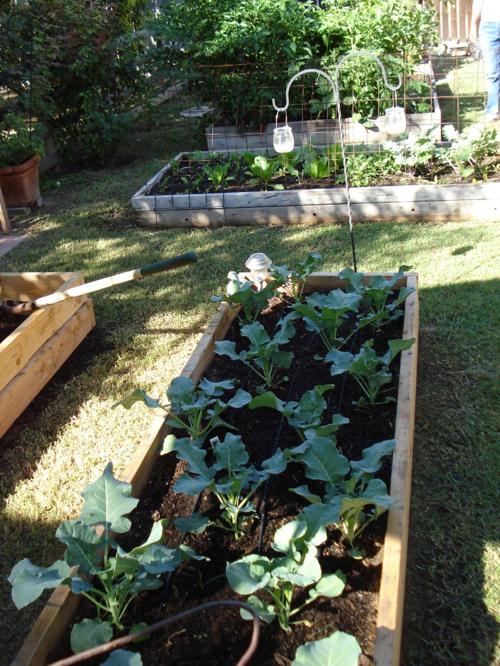Q: I’m a renter, but I’m interested in getting into vegetable gardening. Would it be all right to build a 4-by-8-foot raised bed on top of part of my landlord’s lawn without damaging the grass?
A: Raised garden beds are definitely the way to go in planting vegetables. But no, you can’t do that without causing some damage to any lawn and grass that is under the beds. So you had better check first with the landlord about whether you it’s OK or not.
Q: There is a planter with bushes right in front of my home. I’ve decided to take out the bushes and replace them with xeriscape-type plants. One reason why is that the masonry foundation has been crumbling because we have been watering the original plants all the time. Tell me how to fix that concrete.
A: There are some great patch repair products on the market that you can apply with a mortar brush or trowel. First you want to dig down below the surface of the ground in order to get to the entire damaged area. Then clean up the area and apply the patches and put epoxy-based cement (Thoroseal) over the top of the repaired spot. Finally, you need to let the area cure thoroughly before you repaint.
Q: I have a lot of broad-leaf weeds in my dormant Bermuda lawn. How can I get rid of them without hurting the lawn?
A: What you want is a post-emergent herbicide that will get rid of existing weeds already growing in your lawn. You also want a product that is selective and will kill only broadleaf weeds and not the grass in your lawn. There are many of these weed-killers on the market, but you want a granular product and not a liquid that has to be sprayed on. To be on the safe side, you want to spot-treat the weeds. Follow directions carefully and use the product before the weeds go to seed. If you also pull the dead weeds out, be sure to put them in a garbage bag immediately.
Q: A saguaro in my yard got a disease and died, and eventually fell down. Now I’d like to dig up one that is located in the yard of another house that I own. Can I dig up that still living saguaro and move it to the yard where the saguaro died?
A: Usually, you need some kind of permit from the city or possibly from the state to dig up an existing saguaro and move it. So be sure to check that out before moving the plant or you could be fined. It sounds as if your saguaro had bacterial necrosis, a common infection that can get into the roots of the cactus. In some cases, the bad spot can be cut out to keep the disease from traveling down into the roots.
Q: I have a polished concrete floor with tiny cracks in it; what can I do to fix it?
A: Hairline cracks are often possible when you use polished concrete as your flooring. There are toppings that you can put over the floor to take care of those cracks. However, many people consider the rustic look of polished concrete — along with the cracks — to be part of the beauty. Another possibility is incorporating some kind of design or pattern into the flooring to disguise the cracks.





